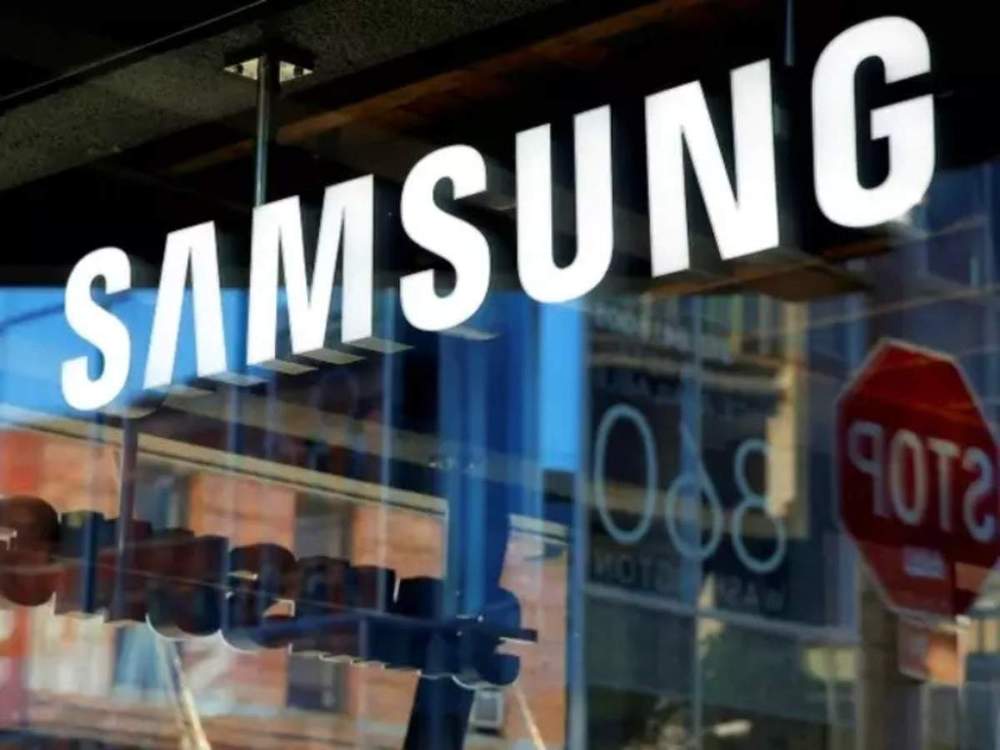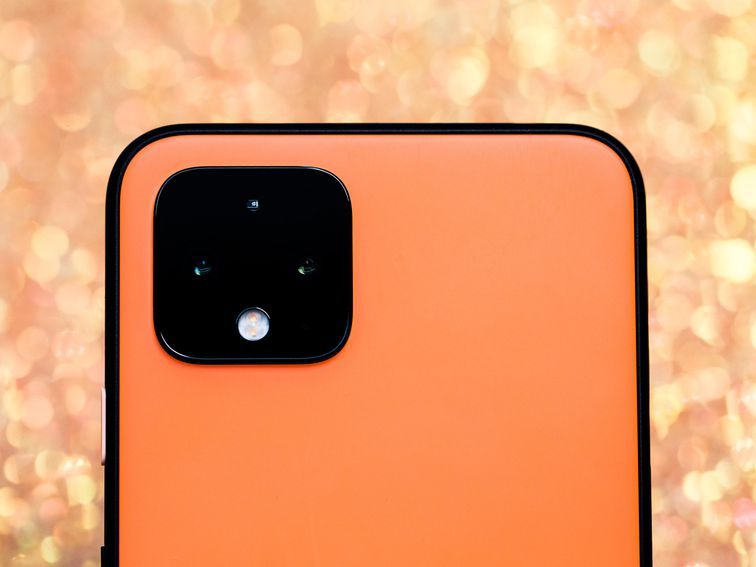How fast does your phone charge? And how fast do you want your future smartphone to charge? At the moment, one of the fastest charging technologies has been presented by Xiaomi. Its 100W charging seems to be from another planet. But the smartphone makers are working hard to overcome this technology. Actually, this has its own reasons. We mean, still, there is no technology allowing the manufacturers to bring more power to the same capacity battery. So as the use applications are getting wider, the companies have to solve the power shortage problem. Seems, new technology has been already developed. And if nothing accidental happens, it will appear on future phones quite soon.








